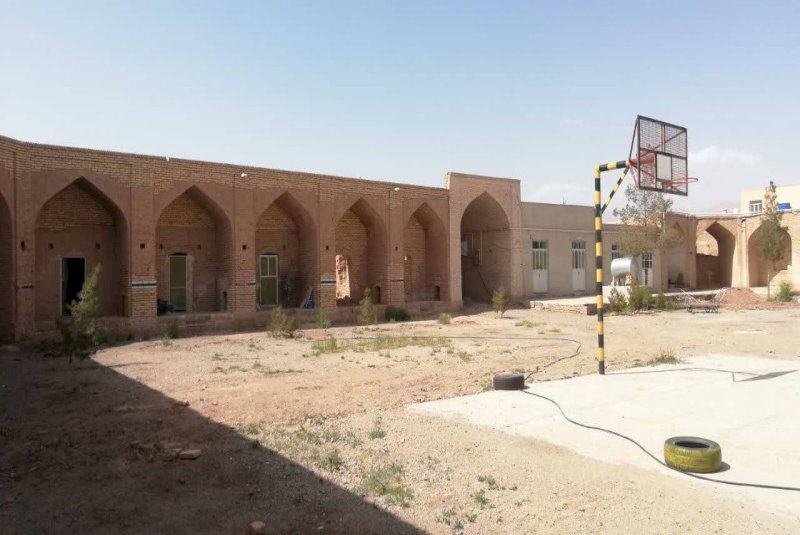Dehshir caravanserai to undergo restoration

TEHRAN – One of the centuries-old Iranian caravanserais which stands along the ancient Silk Road is to undergo restoration work.
The restoration project will be supervised by the Ministry of Cultural Heritage, Tourism, and Handicrafts, CHTN reported on Monday.
Located in Taft county of Yazd province, the caravanserai dates from the Qajar era. It embraces tens of vaulted chambers that encircle a vast courtyard.
Iran put forward a selection of 56 caravansaries as a candidate for collective inclusion on UNESCO's cultural heritage list.
Caravanserai is a compound word combining “caravan” with “serai” (or “sara”); the former stands for a group of travelers and the latter means the building. They often had massive portals supported by elevated load-bearing walls. Guest rooms were constructed around the courtyard and stables behind them, with doors in the corners of the yard.
The earliest Iranian caravanserais date back to the Achaemenid era (550 - 330 BC). Centuries later, when Shah Abbas I assumed power from 1588–to 1629, the mighty Safavid monarch ordered the construction of a network of caravanserais across the country.
Such roadside inns were once constructed along ancient caravan routes in the Muslim world to shelter people, their goods and animals. The former Silk Road may be the most famous example dotted by caravanserais.
For many travelers to Iran, staying in or even visiting a centuries-old caravanserai can be a wide experience; they have an opportunity to feel the past, a time travel back to a forgotten age.
The majority of Iranian caravanserais have massive portals supported by elevated load-bearing walls. Arched guest rooms are constructed around the courtyard and stables behind them with doors in the corners of the yard.
AFM
Leave a Comment